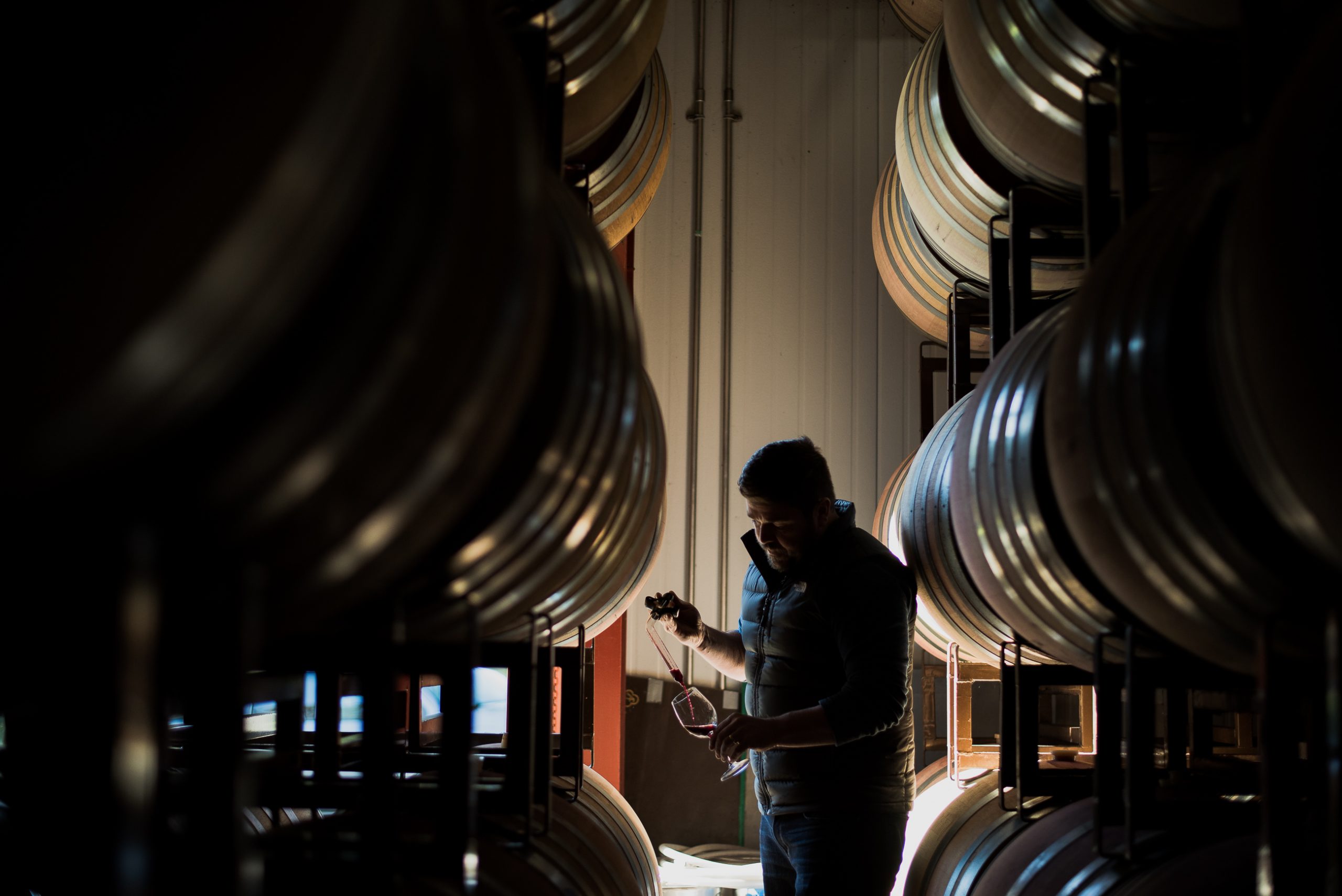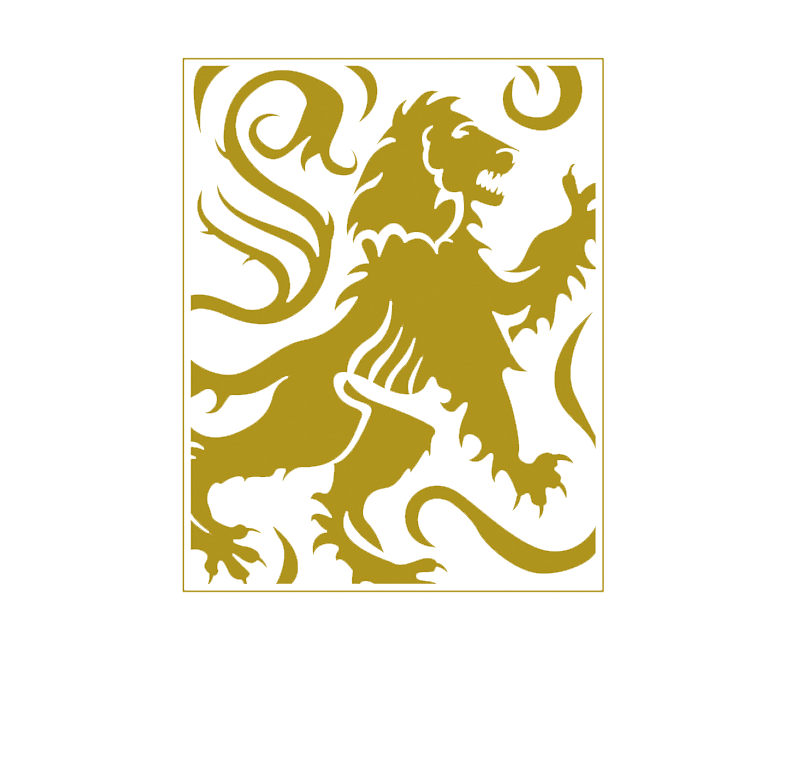
13 Jul The Subtle Art of Blending Wine
Making a final wine blend before bottling is as much a science as it is an art. First off, there are legal requirements that a wine must meet to hold certain designations. Those designations refer to the vintage, varietal(s), appellation, and sub-appellation. Next is understanding the purpose of the final wine. Is it meant to age for many years to come, or be enjoyed younger? This creates further parameters for how a winemaker will decide on a final wine blend that you’ll eventually enjoy in your glass. Finally, it comes down to taste. When the sum is greater than the parts, you know you’ve got it!
Are all wines blended??
You might be surprised to learn that not all wines are blended. However, what you may not have known is that even wines that are considered “Single-Vineyard” can be blends. Keep reading and I’ll explain.
Set the parameters
In order to have certain designations and words printed on a wine label, the wine inside the bottle must meet certain criteria. For example, our 2018 Russian River Pinot Noir has to meet the following requirements to be given that name. First, 95% of the grapes that go into making that wine must be harvested in the 2018 vintage. Next, 85% of the wine must be from the specified appellation. In this case, that would be the Russian River Valley, a designated AVA (American Viticultural Area) within Sonoma County. Now, you would think that a bottle of Pinot Noir would have to contain 100% Pinot Noir wine to be labeled as such, but this is not the case. In the United States for a grape varietal to be named on a wine label the final wine only has to contain 75% of that varietal. When you want to be more specific to where those grapes come from, in this case the Russian River Valley, that percentage goes up to 85%. For single-vineyard wines, the blend must be 95% coming from the named single-vineyard. Even though wine doesn’t have to be 100% varietal specific, all of Joseph Jewell’s wines are. You may wonder why a winemaker would make a wine that isn’t 100% of a single varietal, but still name it that varietal, well that gets into the winemaker’s intention for the wine.
What is the purpose?
You’ve probably heard the saying, “There is a wine for every occasion.” Whether you’re celebrating or agonizing, there is a wine to accompany the moment. Believe it or not, winemakers have this in mind when it comes to blending a wine. They often ask themselves, “What is the purpose of this wine?” Is it to enjoy on a hot summer day? To drink young with a hearty meal? Or to lay down and age for years to come? The purpose drives what components a winemaker will emphasize in the composition of the wine. This is where blending becomes an art. If we go back to our example of our 2018 Russian River Valley Pinot Noir, if that wine from the grapes from our Russian River Valley Pinot Noir vineyards was lacking in acidity, had perhaps has too much tannin, or was missing key flavor characteristics, a winemaker could blend in wine from other vineyards outside of the Russian River Valley AVA, and even other grape varietals, to make up for what they thought was missing in the wine. Doing so would then give the winemaker the ability to reveal the ideal acidity, the silky smooth tannin, and quintessential Russian River Valley Pinot Noir flavor characteristics like black cherry, orange peel, rose petal, dark earth, and sarsaparilla root. Fortunately, Adrian has cultivated a nose and palate for blending so that when he is going through blending trials in search of the perfect representation of the Russian River Valley he can hone in on what best reflects his purpose for that wine without adding anything from outside the Russian River Valley. Part of this is his desire to reflect a vintage snapshot of the vineyard and the other is heavily reliant on his ability to foresee the depth and development of a wine.
How does it taste?
Throughout the winemaking year, a winemaker must flex a lot of muscles in order to be successful. Their intuition muscle is perhaps the most important of them all. They are constantly living in a duality of making decisions in the present that won’t see results for two to five– often more– years down the road. Picking grapes at what they think to be the “perfect” time to make a wine that fits their intended purpose is a game of intuition. Part of that game is understanding how wine changes over time in a wine barrel and glass bottle. How a wine will micro oxygenate, how tannins will polymerize, how acidity will soften all influences the decision for the final wine blend before it goes into the bottle. Over time, wine changes and develops in a glass bottle and how it tastes “now” in the present moment isn’t how it will taste in a few months or years later. While a wine may taste like tart Bing cherries now, in a year’s time those cherries could taste more ripe. After five years, an age worthy wine often has their secondary and tertiary characteristics develop, such as flavors and aromas of pronounced baking spices, mushrooms, forest floor, dried leaves, barnwood, desiccated flowers, dried fruits. If our 2018 Russian River Valley Pinot Noir is given enough time to age to have those characteristics develop, when you pour yourself a glass you’ll smell dried earthy loam soil, dehydrated rose petals, dried orange peel, herbal lavender, candied cherries and strawberries, fall leaves, and maybe even toasted pumpkin seeds. While all of those flavors don’t exist when the winemaker is making the final blend before bottling, they must have enough foresight and experience to be able to make a prediction as to what will happen with that wine.
While there certainly is a science behind winemaking, from chemistry and microbiology to climatology and geology, the subtle art of blending is what brings everything together into that perfect glass of wine.



